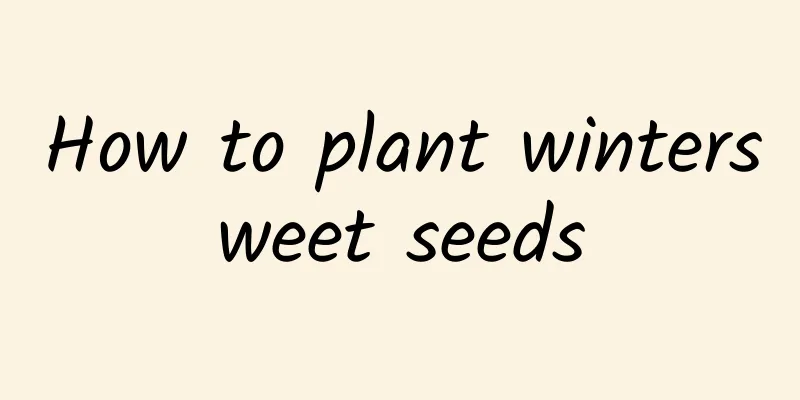Ginseng cultivation methods and precautions

1. Maintenance methods1. Temperature: The most suitable temperature for its growth is actually between 15 and 25 degrees. However, it has very good adaptability to temperature and is very resistant to extreme climates. For example, in winter, it can withstand temperatures as low as minus 40 degrees Celsius. Therefore, no special adjustments are generally required in winter. But don't be too hot in summer. 2. Light: Ginseng does not like strong light, and it is best to have scattered or oblique light. If its growing environment is very dark, its growth will be very weak and the quality will be affected. But in summer, it needs to be slightly shaded to avoid direct strong light. 3. Watering: Ginseng likes moisture, but too much water is not good. That is to say, during the dry season, you need to replenish water in time and don't let the soil get too dry. When it rains a lot, the opposite needs to be done: drain the water in a timely manner. 4. Fertilization: First of all, you should choose soil containing a lot of humus, such as humus soil, sandy loam, etc. After that, not much fertilizer is needed, it depends on the specific situation. 2. Breeding techniques1. Reproduction: Sowing is the most important method of production. March or April in spring is more suitable, and it is best done in a greenhouse. Generally speaking, the “live broadcast” method is more commonly used. Its seeds are relatively small, so before sowing, the soil must be carefully cultivated and sufficient base fertilizer must be added. Generally speaking, seedlings will emerge after about ten days. 2. Weeding: Removing the weeds around is a very important step in the maintenance of ginseng. Generally speaking, weeding should be done three to five times a year. In addition, you can loosen the soil while weeding. 3. Problem diagnosis and treatment1. Disease: There may be "sclerotinia disease", which is more common when the soil is frozen before the seedlings emerge. It can be controlled with carbendazim, and attention should be paid to controlling the humidity. The soil should also be disinfected. Then there is the "damping-off disease", which is prone to occur in front of temples and can be controlled with carbendazim. 2. Pests: There are many types, such as cutworms, white grubs, mole crickets, etc., which can be eliminated by using poison bait. IV. Other issues1. Toxicity: Ginseng is non-toxic and has medicinal value. 2. Can it be grown at home? Ginseng is usually grown on a large scale and will not be grown individually at home. |
<<: Cultivation methods and precautions of Andrographis paniculata
>>: Is Daphne afraid of freezing?
Recommend
Can Begonia be grown in the bedroom?
1. Can it be placed in the bedroom? The answer is...
How to make carnation tea
1. Benefits of this drink Its efficacy and effect...
What is the appropriate temperature for Clivia and what are the maintenance requirements?
1. Suitable temperature Clivia prefers a warm gro...
How to grow peach eggs well
1. Maintenance methods 1. Temperature: Peach eggs...
Cultivation methods and precautions of tricolor millennium wood
1. Soil It is recommended to use a nutritious, br...
Is the bird of paradise flower poisonous? Can it be grown indoors?
Is the bird of paradise flower poisonous? It shou...
Is sorghum high in yield? What is the yield per mu?
Is sorghum high yielding? Sorghum has a relativel...
How to prune osmanthus to make it bloom more and how to prune it to prevent it from growing taller
1. Cut off dense branches It branches out very qu...
Cultivation methods and precautions of Granma grass
1. Soil Grammar grass has low requirements for so...
What’s wrong with my flowers that always die? It turns out that “half water” is so harmful!
1. Change the flower pot at will People who grow ...
Add 2 drops of this thing when watering, and the yellow leaves will turn green in 3 days!
Add ferrous sulfate to jasmine water Huahua has a...
What is coriander?
What is coriander? Coriander is an annual dicotyl...
How and when to grow potatoes on the balcony How and when to grow potatoes on the balcony
It is good to grow potatoes on the balcony. The e...
What kind of crop is Astragalus sinensis? It belongs to the leguminous crop
What kind of crop is Astragalus sinicus Milk vetc...
How to prune bougainvillea?
Bougainvillea is a favorite of many flower lovers...









